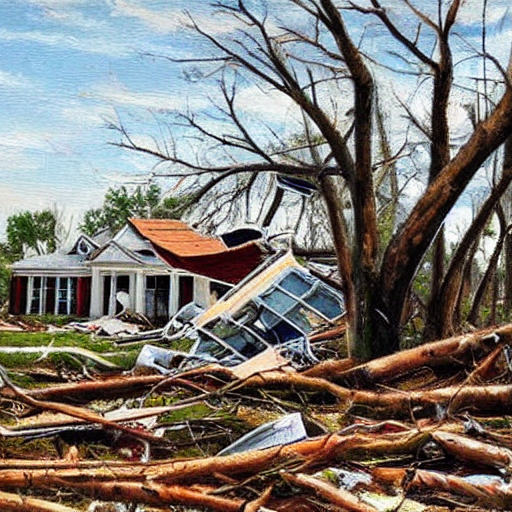
2 minute read
DISASTER PLANNING FOR YOUR MEDICAL PRACTICE
Most Alabamians are accustomed to planning for fire, tornadoes, hurricanes, and floods. However, disasters can also overwhelm a medical practice. Damages can range from shattered windows, power outages for long periods of time, disrupted phone systems, structural damage, and destroyed medical records. The last 18 months has taught that pandemic disease is also a disaster that can cause overwhelming patient loads and debilitating staff shortages.
Preparing for disasters is crucial for as little interruption as possible to patients and critical care services. Disaster planning requires continuous planning, organizing, training, and sometimes rehearsing. An effective disaster plan will help keep your practice focused on delivering care during a disaster.
Plan Ahead
Before a disaster happens, you should have a plan in place with a customized check list to fit your medical practice needs. Some of those plans should include:
• A detailed, written plan.
• Instructions to set up an instant messaging system for staff to communicate with one another when a wireless network is not available.
• Protocols to protect yourself, your staff, and your patients during times of pandemic infectious disease.
• Instructions for ensuring medical records are secure, including a plan for maintaining compliance with the Health Insurance Portability and Accountability Act (HIPPA).
• Maintain the certificate of insurance for your medical malpractice coverage with you should you have to relocate your practice.
• If home health care agencies are caring for your patients, ensure these agencies have plans in place as well.
• Ensure you have a process in place for returning to practice after a disaster has occurred.
You should also create an inventory of all equipment if you do not have one, preferably with video, to make it easier for you and your insurance company when it comes to reimbursement of items destroyed or lost in a disaster.
Drills
Once you have a disaster plan in place, it is important to have drills to test the disaster plan so that your staff and you know exactly what to do in case of an emergency.

